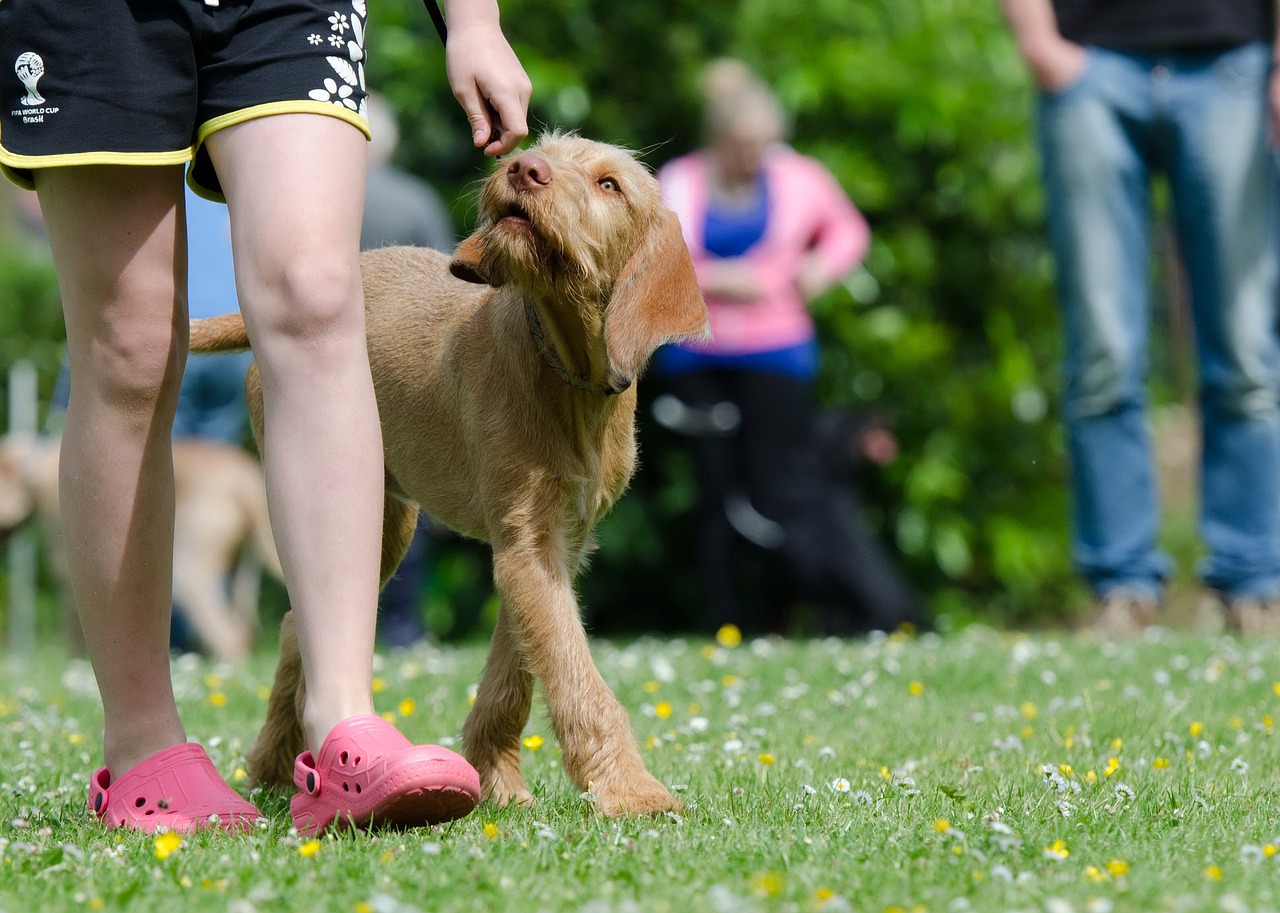
The Ultimate Guide to Training Your New Puppy: Tips for Success
Contents
Introduction
Congratulations on your new puppy! You may be wondering how on earth you’re going to get this little ball of fur trained. There are lots of books and websites out there with advice on training puppies, but they can often be overwhelming or contradictory (“Never let your dog off-leash!” “Let your dog roam free at all times!”). So we’ve compiled a list of our favorite tips for getting started with puppy training.
Puppy Training 101
Puppy training is a process of teaching your puppy the rules of your household. It’s like having a baby, only instead of learning how to walk, talk and go potty on its own, puppies need to be taught how to behave in different situations–like when visitors come over or at mealtime.
Puppy training should start as soon as you bring your puppy home from the breeder or shelter (or even before). The sooner you start teaching him what he needs to know about being part of your family and household environment, the better off both of you will be later on down the road when there’s less time for discipline problems between meals or playtime with other dogs outside!
Positive Reinforcement
Positive reinforcement is the best way to train a dog. It’s also the easiest way, because it requires no punishment or negative consequences for bad behavior. Positive reinforcement simply means giving your dog something he likes when he does something good–for example, giving him a treat when he sits calmly next to you on command or tossing him a toy when he learns how to sit without being told.
The best part about positive reinforcement? It works! But there’s one important thing that makes this technique so effective: consistency. If you only use positive reinforcement every now and then (or only sometimes), your puppy will probably get confused about what you want from him–and that can lead to even more problems down the road! So make sure that every time he does something right, whether it’s sitting calmly or not barking at strangers passing by in their cars outside our living room window (yeah…), we give him something nice as soon as possible after doing so!
The “Golden Rule” of Puppy Training
- Be consistent, patient and positive.
- Be firm but fair with your pup; don’t let him get away with bad behavior or he’ll think it’s okay!
- Model good manners by using the same commands yourself when interacting with him (for example, if you want him to sit before getting food out of his bowl).
The Importance of Patience When Training a Puppy
The most important thing to remember when training your puppy is that patience is key. Puppies are like small children, and they need to be trained just like any other human would. If you are impatient with your puppy, it will only make the process more difficult for both of you.
Puppies learn from example–so if you show him/her how to behave in certain situations (or don’t), then he/she will mimic those actions back at home or at school with his/her friends! So make sure that if there’s something bad happening on TV while they’re watching it together with their owner, explain why this behavior is bad before asking them not do it again because by then it’ll already be too late since now they’ve seen what happens when someone does something wrong so now maybe next time when someone else does something similar then maybe instead of doing what happened last time; maybe instead try doing something else instead like talking things through first before jumping into conclusions about how mean everyone else seems right now so let’s talk about what happened earlier today instead?
Make Training a Routine Part of Your Dog’s Life
It’s important to make training fun for both you and your dog, so that it doesn’t feel like a chore for either of you. If you’re not consistent with how often and how long each session lasts, however, this can be challenging. A good rule of thumb is one minute per month of age (so if your puppy is six months old, then he should train for six minutes). The goal isn’t just to teach them what not to do; it’s also about reinforcing positive behaviors so they know what IS allowed!
It’s never too late for your puppy to learn new tricks!
You’ve heard the saying “it’s never too late to learn a new trick,” but what if your puppy is already a year old? Don’t worry! Even though he may not be as young as he was when he first came home with you, there’s still plenty of time to teach him some new behaviors.
Puppies are like sponges–they learn fast and retain information for long periods of time. This means that even if your puppy has been living with his family for months or even years, he can still be taught new tricks! If you want him to do something specific (like sit), all it takes is some patience and consistency on your part.
Conclusion
We hope we’ve inspired you to start training your puppy. Remember that it’s never too late for them to learn new tricks! And remember that positive reinforcement is the key to success. If you’re going through a rough patch with your puppy, take some time off from training for a few days and try again later when both of you are refreshed and ready for a new adventure together.



Average Rating